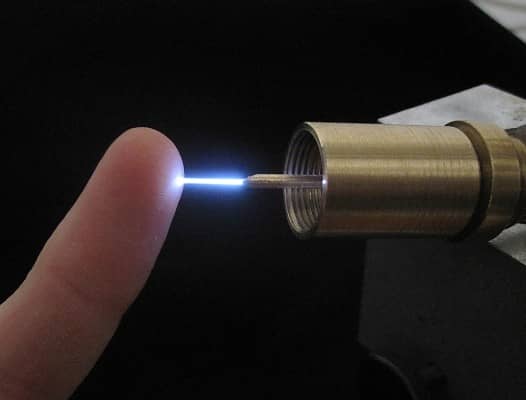
Plasma technology is an innovative process that involves the use of high-energy, non-toxic gases to clean materials. Typical applications include degreasing and deodorizing.
The gas used is a mixture of 95 % nitrogen and 5 % hydrogen. The combustion of the gas releases large amounts of reactive chemical species.
The molecules produced during the process react with organic contaminants to break them down into water vapor. The process also breaks down metal oxides into atoms of metal.
This technology has many potential applications. For example, it has the potential to treat waste CO2 for fuel and fertilizers. It is particularly advantageous for the biogas and fermentation processes that produce waste CO2.
The “Green Deal” initiative aims to replace fossil fuels with biogenic resources. The program is expected to boost European competitiveness in the global marketplace.
This is one of the many reasons for the increased interest in plasma technology. Its advantages outweigh the disadvantages associated with the technology.
There are several forms of plasma generation systems. The most commonly used is gas plasma.
A gas plasma is created by exposing an object to a vapor that contains hydrogen, oxygen, or carbon dioxide. The gas is then released into a vacuum to create high pressure.
The energy is then converted into heat and released through a discharge. A variety of other types of gases are used to generate plasma.
Some of these gases are ionized and others are charged by electrostatic means.
Another potential use of plasma is the dry reformation of methane. The high temperature of the gas can make it a good candidate for biogenic CO2 conversion.
Furthermore, the resulting gas is highly reactive and can be converted into useful products. This can help improve the productivity of the process and reduce costs.
This technology can also be used in microbiology and medical research. There are several other applications for plasma, including odor reduction.
The use of gas plasma is common in the industry. It is used for decontamination and can be applied in a variety of fields.
The first one is in the medical field, where it is used in the treatment of patients with cancer. There are many different types of gas plasma, but the most common is the incineration of waste, the incineration of oil, and pyrolysis.
In a healthcare setting, the process may be continuous.
Besides medical applications, plasma technology can be applied in several other commercial fields.
Other potential applications are food and drink decontamination, extending the shelf life of foods, and air and liquid decontamination.
The technology is widely used in other fields, but it has numerous benefits in the food and beverage sector. The benefits of this technology are far-reaching.
While many of these applications use thermal plasmas, there are many non-thermal ones.
Aside from these commercial applications, plasma is also being used in the production of biofuel.
It is a highly efficient way to produce hydrogen and other fuels while reducing the cost of producing these products. It is a cost-effective alternative for hydrogenation.
It is effective in killing bacteria and other pathogens on contaminated surfaces, and it can be used for selectively treating ingredients.
Although there are no commercial applications, plasma is an excellent way to remove mold and other contaminants in foods.
Apart from being a cost-effective source of energy, plasma is also an excellent method for CO2 conversion. It allows different kinds of reactions to occur, including the formation of nitric oxide and hydrogen.
It is ideal for converting CO2 into the environment. However, it is not a suitable choice for energy needs and has low energy efficiency.
It can be used in industrial settings, but it must be done with caution.
Aside from industrial applications, plasma technology can also be used in the production of in-pack products.
It is a highly efficient way to reduce microbial levels in food and has the potential to improve the bulk properties of these materials.
For example, a contaminated polymer can be improved by reducing its density by a factor of three. Its microbial reduction is also a good alternative to a conventional detergent.


